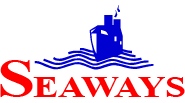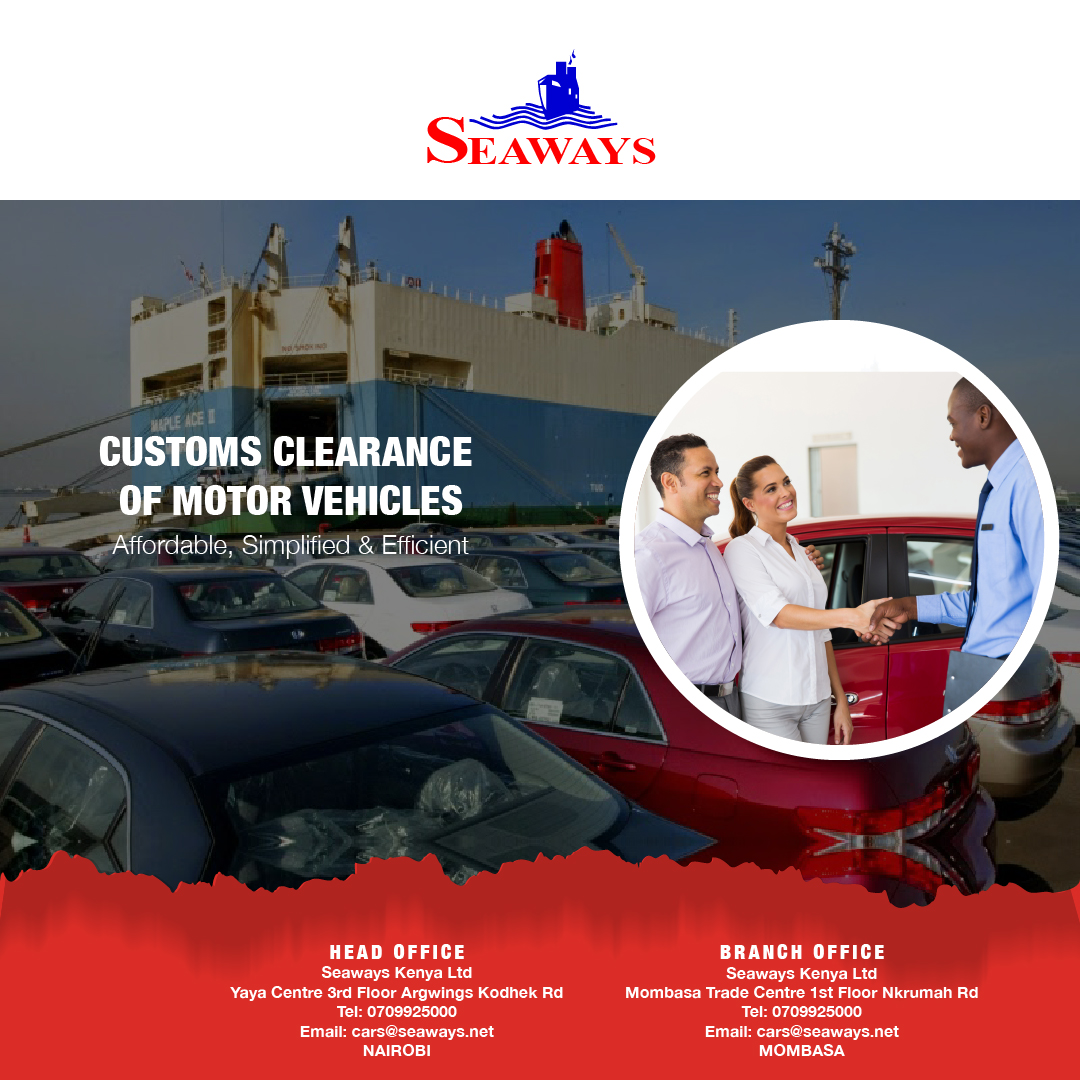When importing a car into Kenya, one of the issues that’s hardest to understand for most importers is how the Kenya Revenue Authority (KRA) decides how much they should charge you for the customs duty of your vehicle. Of course, you can find duty calculators online (like this one on our logistics portal), but how exactly do these calculators work, and what’s the math behind the calculations?
What is Import Duty?
Let’s start by first providing a good definition. Investopedia defines import duty as “a tax collected on imports and some exports by a country’s customs authorities. A good’s value will usually dictate the import duty. Depending on the context, import duty may also be known as a customs duty, tariff, import tax or import tariff.”
In Kenya, import duty for secondhand Motor vehicles is calculated in a different way from many countries. The cost of the the car isn’t always used as the determinant of it’s value, sometimes, what matters is your motor vehicle’s year and month of registration and what KRA terms as the Current Retail Selling Price (CRSP).
CRSP
The CRSP is the price in which KRA and the Kenya Motor Industry Association (KMI) decides a brand new vehicle of the same make and model is retailing at in Kenya. Once they decide the CRSP for all vehicles, they then create a template that is used nationally. This template is usually placed on KRA’s website and is open to public opinion before it is implemented. If it is rejected, the previous one continues to be in use until another one is provided. If it is approved, it is implemented, and all importers must abide by it.
Other factors that affect the total cost of import duty of a secondhand vehicle in Kenya are the engine transmission, engine capacity, fuel type, and class.
Example: Make e.g. Toyota, Mazda, Lexus
Model e.g. Harrier, CX5, Crown
Year and month of manufacture e.g. October 2014
Engine transmission e.g automatic, manual
Engine capacity e.g. 1500cc, 2000cc, 2500cc
Fuel type e.g. petrol, diesel
Class e.g station wagon, sedan, hatchback
Customs Value
KRA basically calculates the Customs Value by depreciating the CRSP price of the imported vehicle by 10% every year from the year of manufacture or the first year of registration. Since you can not import a car that is more than eight years old in Kenya, (See all regulations for importing vehicles in Kenya) the least amount you can get the car for, is at 70% depreciation.
The import duty is then calculated as 25% of the Customs Value or Invoice price, whichever is higher.
Bad Month
When choosing a car to buy, it is important to take note of the month in which the vehicle was registered, this is in order to avoid what is called in the car import industry as a bad month.
A bad month is when you import a car and have it arrive at the port of Mombasa before its month of manufacture for the year in question. For example, if you buy a 2014 November Toyota Harrier but have it arrive in Mombasa in October 2021, this is a bad month and you will be charged taxes for 2015 which are 10% higher.
Other Fees
Other taxes you can expect to pay to KRA include excise duty, VAT, RDL, and IDF fees. In addition to the taxes, there are other importation costs one should be aware of, this include, port charges, shipping fee, registration fee, clearance fees among others, subscribe to our newsletter to get information on logistics and importation.
In Kenya, the only place where you can easily get the accurate cost of the car you want to import, including duty, shipping fees, and all other fees needed to get the car in your hands is through our car importation online portal. All this can be done online, at the comfort of your own home.
However, if you already bought a car, and imported it, you can visit our logistics portal, where you can easily manage everything online and get your car cleared and delivered to your destination of choice.
Seaways Ltd has been in operation for over 30 years and is offering you over 30 years of professional experience in the importation and logistics industry.




Great Share! I’m impressed, I must say. Really rarely do I encounter a blog that’s both educative and entertaining, and let me tell you, you have hit the nail on the head. Your idea is outstanding; the issue is something that not enough people are speaking intelligently about. I am very happy that I stumbled across this in my search for something relating to this.